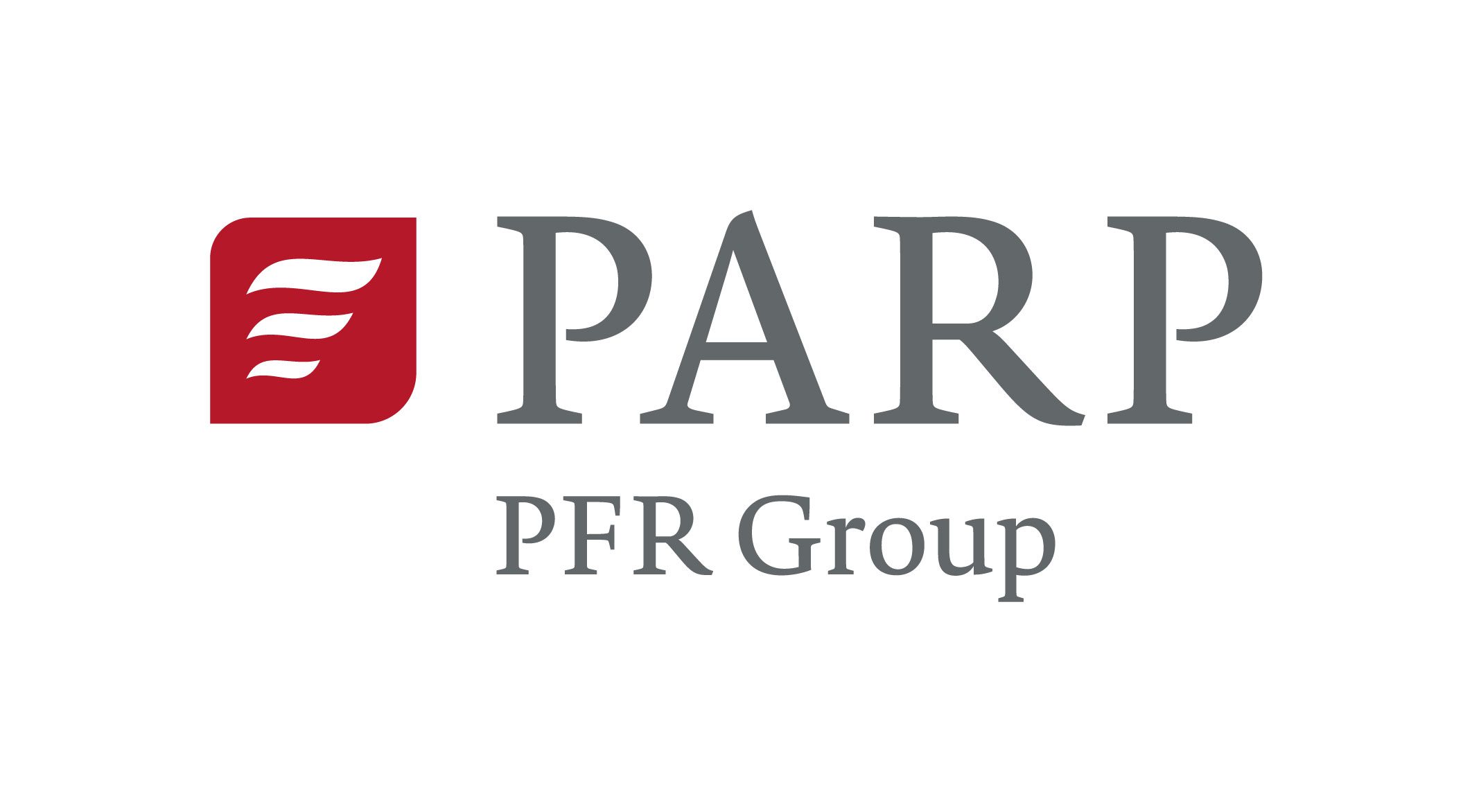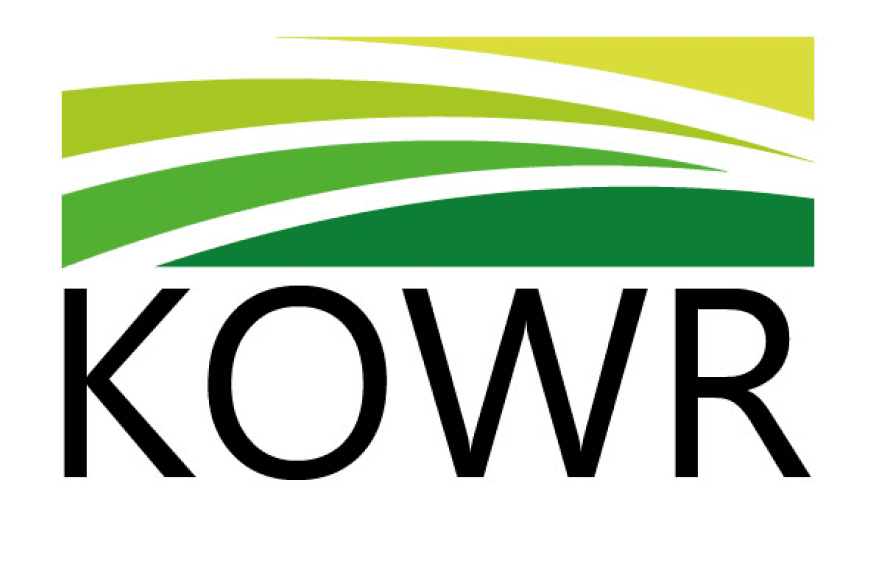Poland’s record share in global exports
26.08.2024
Poland is playing an increasingly important role in international trade in goods, as confirmed by statistics and indicators from 2023. Last year, Poland ranked 22nd in the world in terms of exports of goods, moving up ten positions compared to 2001. In the import category, Poland was ranked 20th globally, which is an increase of six places in the same period.
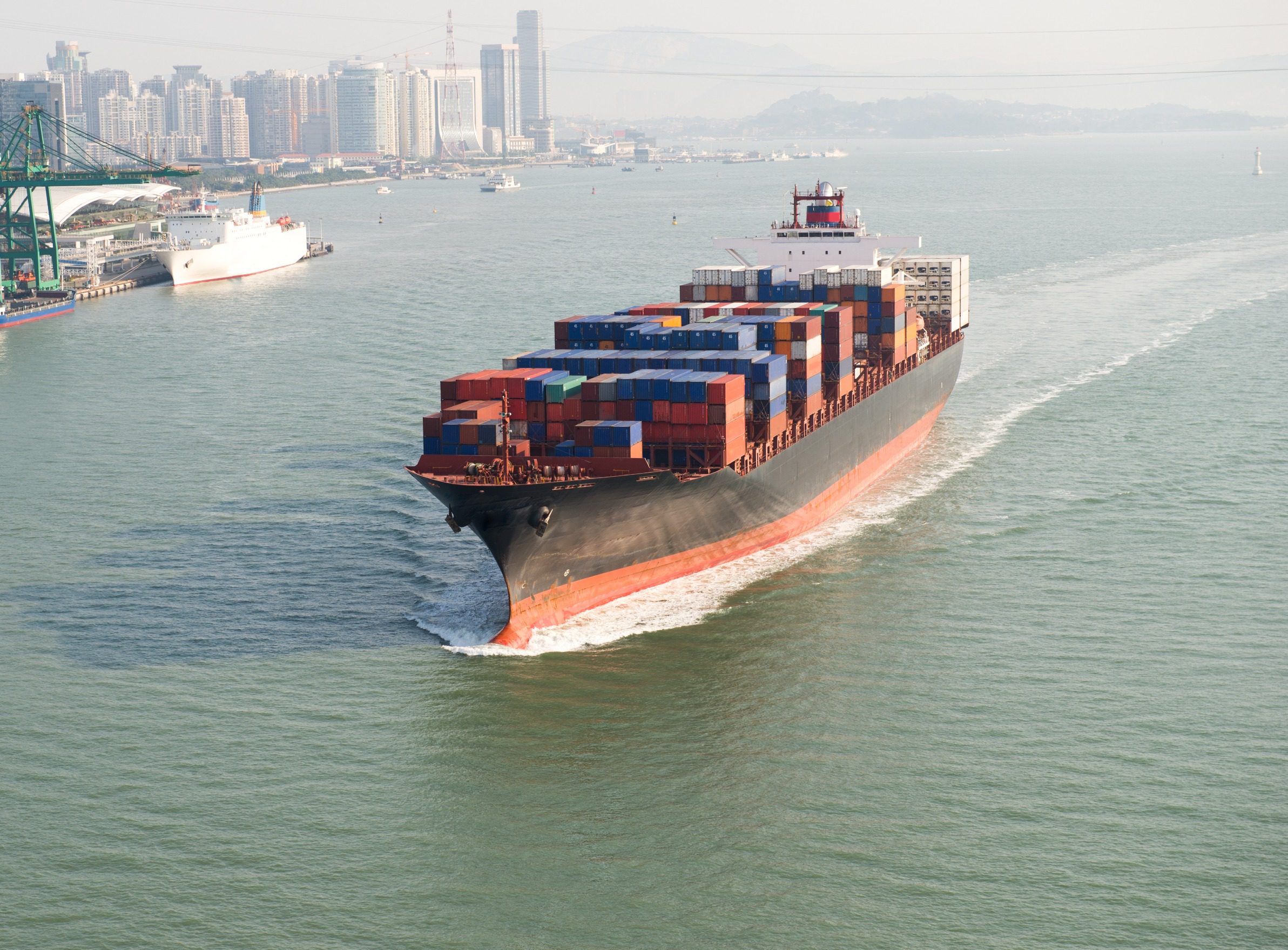
Since the beginning of the 21st century, Poland has recorded an impressive increase in its share in global trade in goods. Between 2001 and 2023, Poland’s share in global exports increased by 0.95 percentage points, which allowed it to reach 1.52% in 2023. This was the highest result in the history of available data.
At the same time, Poland increased its share of global imports, which increased by 0.66 percentage points over the same period. In 2023, Poland was ranked 20th in the world in terms of import volume, up six positions from 2001.
Factors influencing growth
This dynamic increase in Polish’s share in global trade is the result of several key factors. Firstly, Poland’s economic development in the last two decades has contributed to a significant increase in industrial production and exports. The Polish economy became more diversified, and domestic exporters gained new markets, especially in the European Union.
Secondly, Poland has effectively used its membership in the European Union, which has enabled free access to one of the largest markets in the world. Integration into the EU’s internal market, as well as the use of structural funds, supported the development of infrastructure, which in turn facilitated trade and logistics.
Thirdly, Polish companies have demonstrated flexibility and adaptability, which has allowed them to react quickly to changing market conditions. It is flexibility, investments in innovation and modern technologies that have made Polish products competitive on foreign markets.
Leading export sectors
The Revealed Comparative Advantage (RCA) index, which measures a country’s export competitiveness in specific sectors, indicates that Poland has significant advantages in several key industries. In 2023, Poland was particularly strong in sectors such as tobacco and industrial tobacco substitutes, weapons and ammunition, and printing products.
- Tobacco and industrial tobacco substitutes
Poland is the second largest net exporter of tobacco and industrial tobacco substitutes in the world, despite the fact that it is not the leading producer of this raw material. The value of Polish exports in this category amounted to USD 3,572.4 million at the end of 2023, which places Poland just behind China. A high RCA index (6.8) in this category indicates Poland’s significant advantage in the production and export of these goods. Most of the exports from this group go to European Union countries, which emphasizes the strategic importance of European markets for Polish exporters.
- Weapons and ammunition
Poland achieved equally impressive results in the arms and ammunition sector, where it was ranked fifth among the world’s largest exporters. Exports from this sector have grown sharply in recent years, especially in 2022 and 2023, in response to growing demand, especially from Ukraine in the face of Russia’s full-scale invasion. Ukraine’s share in Polish arms exports increased to over 90% in these years, which significantly affected Polish’s overall export result.
- Printing products
Poland is also the second largest net exporter in the world of books, newspapers and other products of the printing industry. The value of net exports in this category amounted to USD 1,239.7 million at the end of 2023. Poland plays a key role here, surpassed only by China. In this industry, particular attention is drawn to the growing export of books, brochures and leaflets, which constitute a significant part of Polish printing exports. It is also worth noting that the concentration of exports in this sector has slightly decreased in recent years, which indicates the diversification of Poland’s export offer.
- Processed meat and cereals
Poland is the third largest net exporter of meat, fish or shellfish products and the third largest exporter of grain, flour, starch or milk products. Net export value in these categories amounted to USD 2,768.1 million and USD 3,065.4 million in 2023, respectively. Poland has managed to increase its share in the global market for these products, which is the result not only of high-quality production, but also of effective marketing strategies and a well-developed distribution network.
- Furniture
Equally impressive are Poland’s results in the furniture sector, where our country is the fourth largest net exporter in the world. The net export value of furniture amounted to USD 9,675 million at the end of 2023, which places Poland among the top global manufacturers and exporters. Poland is known for the production of high-quality wooden furniture, which is in high demand in the European Union countries. Which is where over 80% of exported furniture from Poland goes.
Main export markets
In 2024 Poland’s integration with the European Union was one of the most important steps that enabled Poland to increase its share of global trade. EU membership has not only opened up access to one of the largest and richest markets in the world, but has also enabled Polish companies to enter other EU markets more easily, without customs barriers and with simplified trade procedures. As a result, the European Union has become the largest recipient of Polish exports, with strong trade links especially with Germany, France, the Netherlands and the United Kingdom ( before Brexit).
Poland’s share of exports to Germany’s increased significantly, from 2.6% in 2004 to 5.7% in 2023, reflecting Polish’s growing role as a key supplier to the German market. Similar trends can be observed in trade with France, where Poland’s share in exports increased from 1.3% to 2.8% in the same period, and with the Netherlands, where this share increased from 1.3% to 2.5%.
Although the European Union remains Poland’s most important export market, Polish exporters are also developing their activities on other continents. It is worth noting the growing role of the Asian markets, including China, which is becoming an increasingly important trade partner for Poland. Poland’s share in exports to China’s increased from 0.3% in 2004 to 1.1% in 2023. This significant increase in the share is the result of the strategic approach of Polish companies, which have recognized the potential in the growing Chinese consumer market and the growing Chinese economy.
The increase in exports to various regions of the world also reflects the strategy of geographical diversification adopted by Polish companies. In the face of challenges related to global economic and political changes, Polish exporters are trying to reduce their dependence on one market by expanding their network of trade partners around the world. This differentiated approach helps Polish companies to better manage risk and maintain export stability in the long term.
Poland is strengthening its position on the international arena as a dynamically developing exporter with a diversified product offer. Successes in key markets, especially in the European Union, and the growing importance of trade with Asian countries confirm Poland’s growing role in global trade. With its strategic approach, flexibility and innovation, Poland has the potential to further increase its influence on the global economy.
Source: The Polish Development Fund – „Polska w międzynarodowym handlu towarowym”, August 2024
Spis treściTable of contents
- Everything
- News (269)
- Events (167)
- Get Support (83)
-
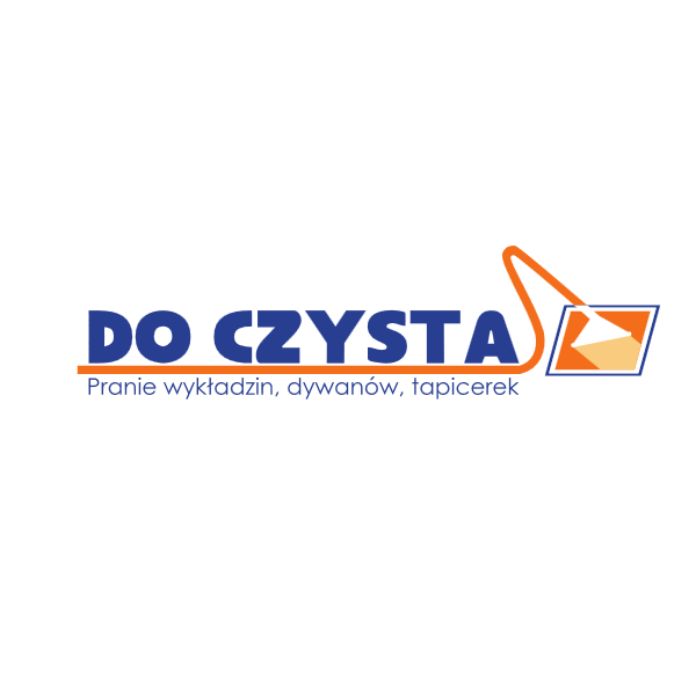
NESTOR Krzysztof Kuropatwa
ConstructionShow allShow more Show lessDo Czysta is a Warsaw company specializing in professional cleaning of warehouses, office carpets, pressure washing, cleaning and protection of PVC floors. It has been operating on the market for over 15 years, offering comprehensive cleaning services for both individual clients and companies.

SCIENCE4BEAUTY SPÓŁKA Z OGRANICZONĄ ODPOWIEDZIALNOŚCIĄ
Show more Show lessScience4Beauty Sp. z o.o. is an innovative Polish biotechnology company based in Warsaw. The company specializes in manufacture of advanced cosmeceuticals—cosmetic products with scientifically proven, therapeutic effects. Science4Beauty’s mission is to deliver high-performance skincare solutions by merging cutting-edge scientific research with natural, safe ingredients. The company’s flagship export products are based on a proprietary active ingredient—conotoxin.

LARNE ARCHITEKTURA WNĘTRZ KAROLINA TUSIEŃ
Show more Show lessTop quality plywood and furniture boards.A leader in the wood-based panel industry!We are a team of professionals in the field of wood-like materialsOur goal is to build business relationships, both with customers and suppliers. By setting ourselves high standards, we strive to ensure that our products are of the highest quality. Currently, we offer various types of plywood and MDF boards, and our range is constantly expanding. We gladly and diligently fulfill wholesale orders for business.

GPI POLAND SPÓŁKA Z OGRANICZONĄ ODPOWIEDZIALNOŚCIĄ
Industrial machinery and mechanical appliances and parts thereofShow allShow more Show lessGpi Tanks Poland designs and manufactures high-quality stainless steel tanks for various industries, including food, pharmaceuticals, and chemicals. Together with the Gpi Group, we specialize in the engineering, production, and installation of stainless steel process and storage tanks up to 12,500 m³, as well as process equipment. We offer full in-house engineering and manufacturing in both Poland and the Netherlands, delivering tailor-made tank solutions across Europe.
-
 Article
ArticleAn Investment Agreement: safe guard the tax implications of your investment
See the benefits of an Investment Agreement and how to apply
 Article
ArticleThe Polish chemical sector – exports drive development
The Polish chemical sector is growing thanks to the export of cosmetics and household chemicals
-
 Event
EventBEAUTY FORUM & HAIR 2025
The Warsaw EXPO XXI Centre invites you to a fair for the cosmetics and hairdressing sector.
 Event
EventENERGETAB 2025
The Centre for Vocational Training invites you to the 38th International Energy Fair Bielsko-Biała E…
-
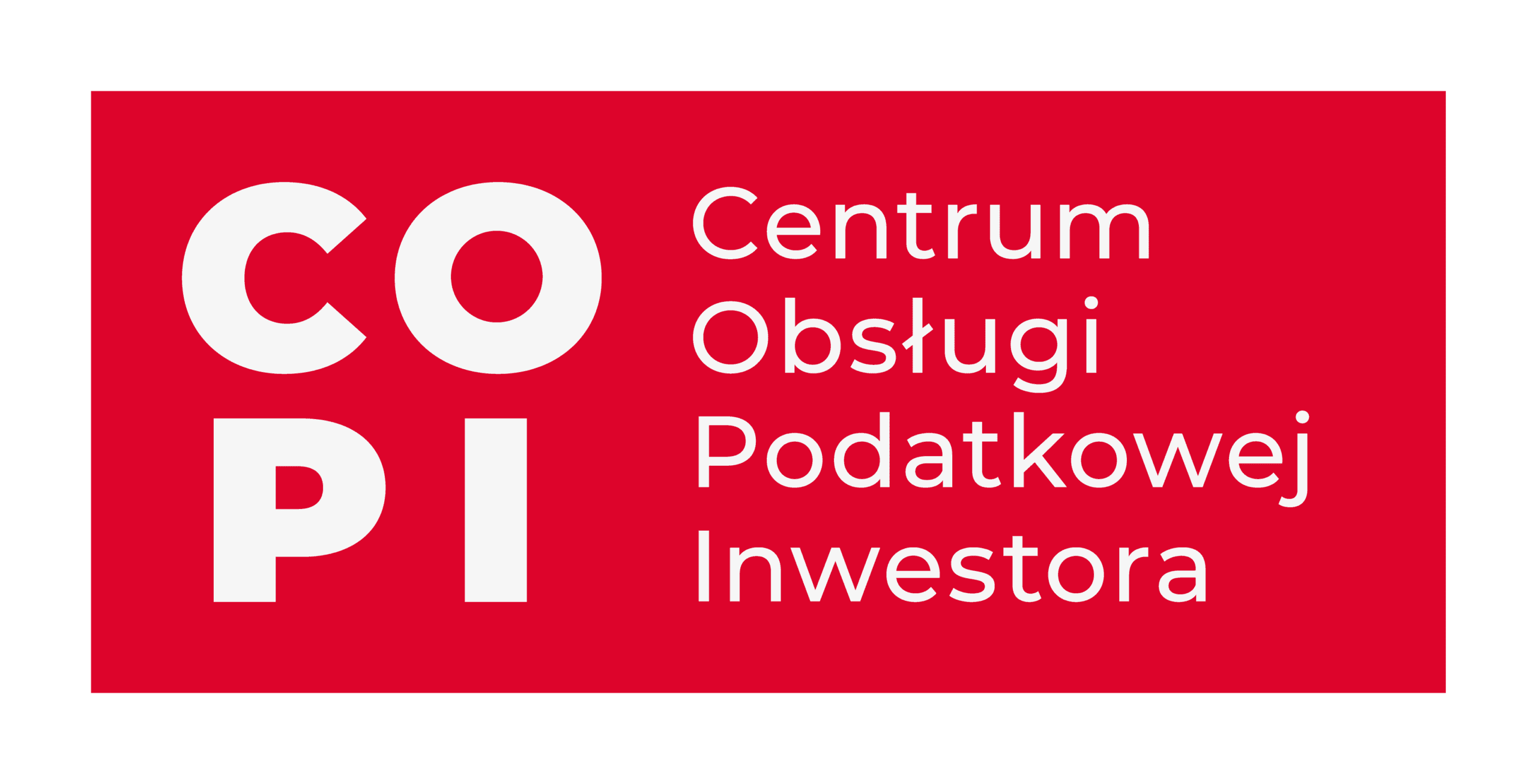 Institution
InstitutionThe Investor Tax Service Center
The Investor Tax Service Center is a unit operating within the Ministry of Finance
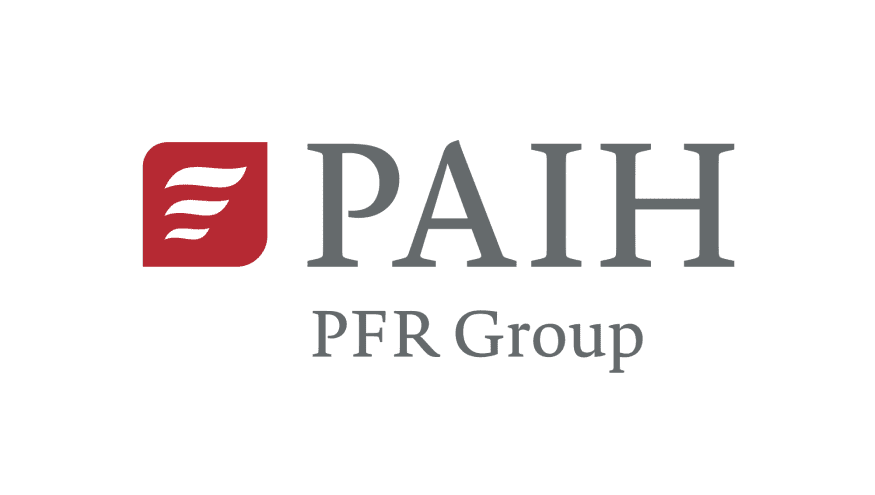 Institution
InstitutionPolish Investment and Trade Agency (PAIH)
The Polish Investment and Trade Agency (PAIH) is the partner of first-resort for entrepreneurs when …
The Export Promotion Portal uses cookies to make it easier for users to use the website and for statistical purposes. If you do not block these files, you agree to their use and saving in the memory of your computer or other device. Remember that you can change your browser settings to block the storage of cookies. More information can be found in Privacy Policy and Terms and conditions.




